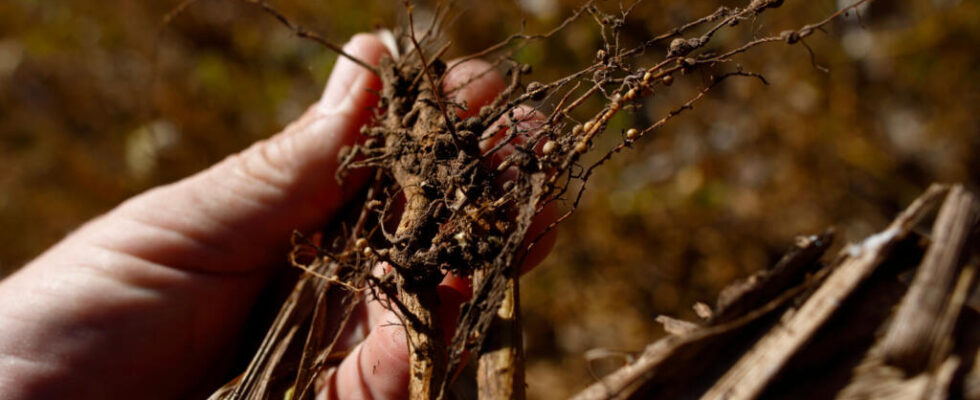For the third year in a row, Argentina is in the grip of an interminable drought that is wreaking havoc on cereal and soybean fields. A major problem for an over-indebted country which draws the majority of its export income from its agricultural income. Report from the Rosario region, the productive heart of the country where farmers are particularly affected by the lack of rainfall.
San Jeronimo, about forty kilometers west of Rosario. While keeping an eye on the road, Marcos Giacomoni points out the soybean fields that stretch as far as the eye can see: ” Currently, soybean plants are about 25 centimeters tall, while theoretically they should be 40 or 50 centimeters tall. That’s because of the great drought that there was “. Blond hair, blue eyes as clear as the Argentinian flag, this agricultural engineer works for the AFA agricultural cooperative. ” This year, it fell 580 mm of rain, against 930 mm in normal times. In three years of drought, we lost the equivalent of a year of rain “, he laments.
A bad harvest and unsown plots
In this area considered the productive heart of Argentina, the lack of rainfall that has lasted since 2020 has left the water tables dry. ” I have never seen such dryness in my life », testifies from the top of his 80 years Luis Golosetti, who continues to work the 340 hectares of his family farm. ” We had already had a very bad harvest of wheat, and it continued with soybeans. There are even many plots that could not be sown, and others that were sown at the wrong time. »
The aridity of the soils has indeed delayed the sowing of soybeans and maize, with heavy consequences on yields. The rain did end up falling at the end of January, but the losses are already there, according to Julio Calzada, director of studies at the Rosario Commodity Exchange. ” Soybean, maize and wheat production is estimated to be 28 million tonnes lower than expected at the start of the campaign. “.
” A blow to the country »
A drop in production which will have repercussions on international sales of cereals and derivatives, which represented half of Argentine exports last year, underlines Julio Calzada: “ This represents $8 million less in exports for Argentina. And it’s a blow for a country that has major macroeconomic problems and lack of dollars. »
If this dryness is due to the Nina “, a natural climatic phenomenon causing cyclical deficits of precipitation on the Argentine plains, the specialists of the Rosario Commodity Exchange are formal: the persistence and the exceptional intensity of this episode of drought are intimately linked to climate change.
► To listen also: How do we forecast harvests?
